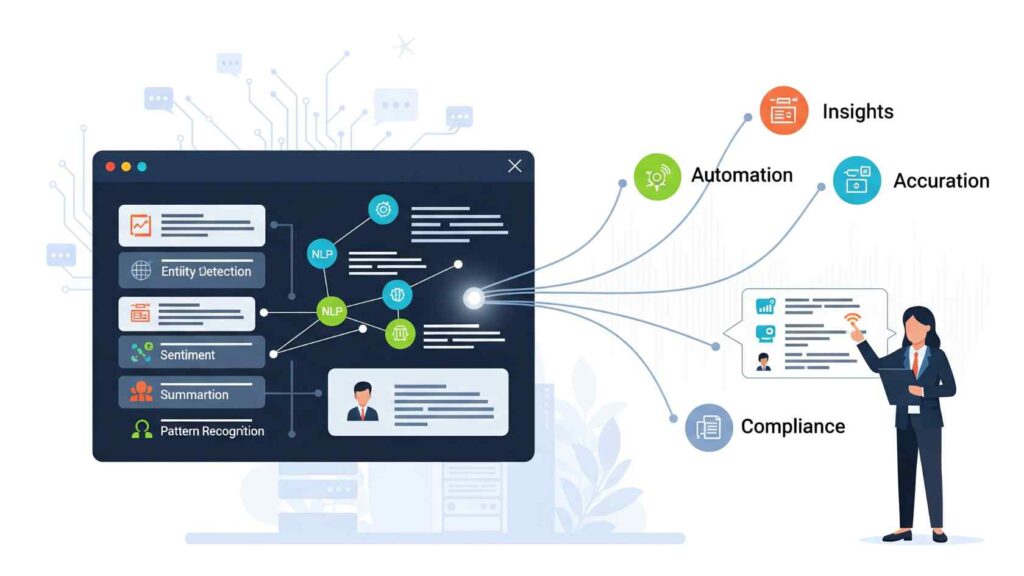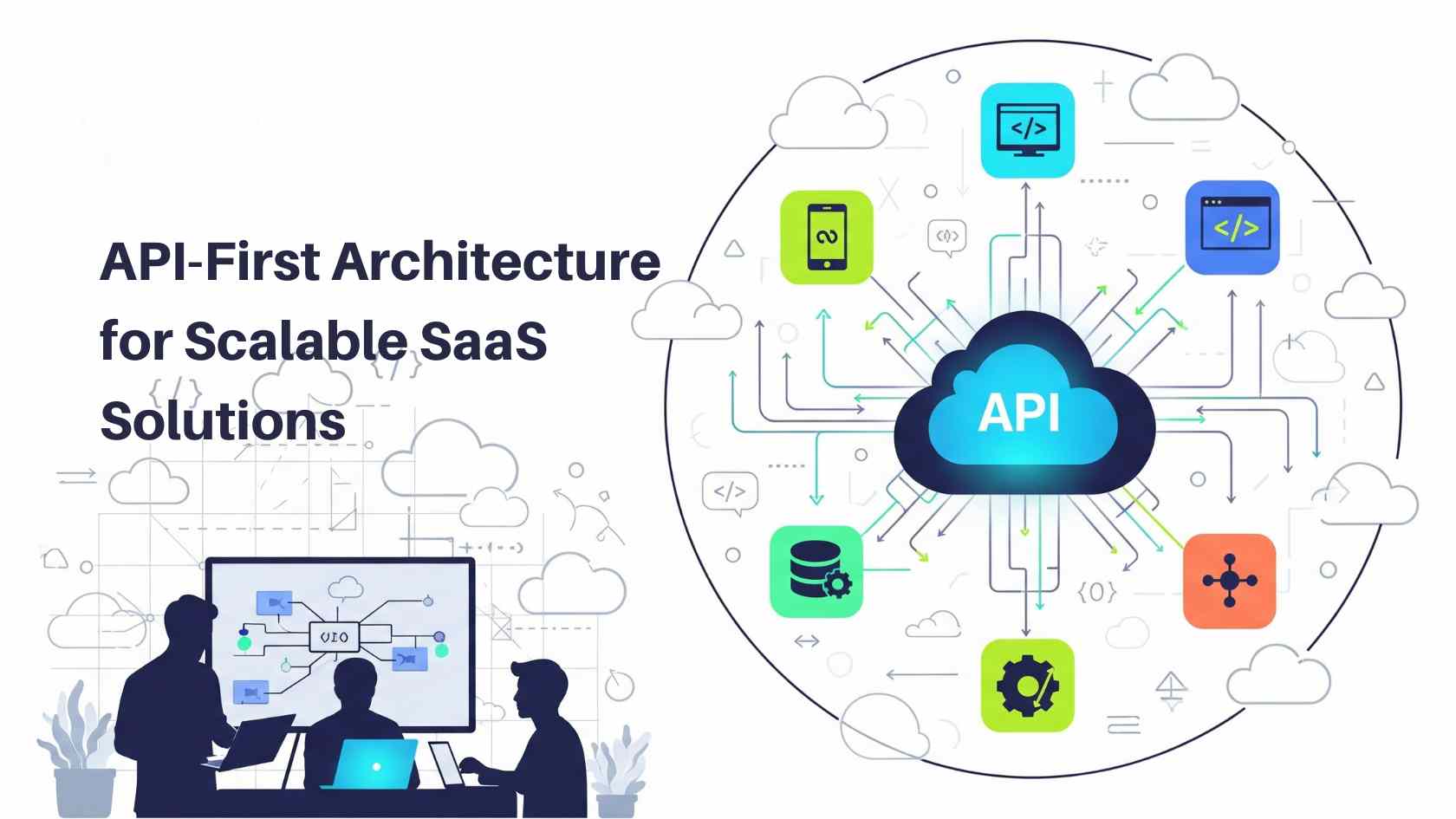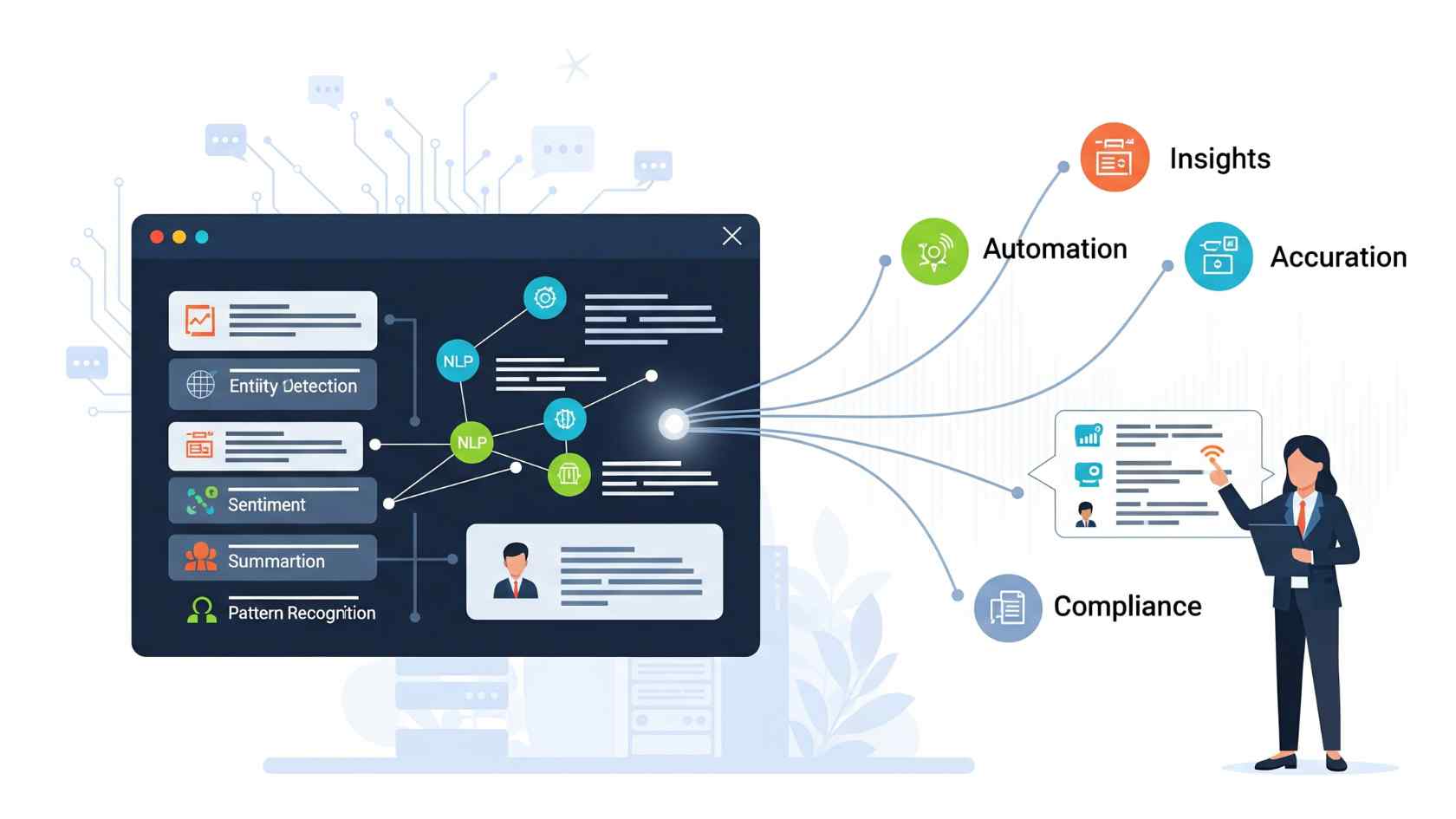Enterprises now rely on software that must meet high-quality, speed, and accuracy standards. Traditional testing methods often fall short because they demand too much manual effort and technical skill. NLP in QA tools allows teams to interact with testing systems in plain language, making complex tasks easier to create, manage, and maintain.
This shift changes how QA teams approach test case creation, defect detection, and ongoing script maintenance. Instead of focusing only on code, teams can use natural language to design tests, uncover issues, and adapt scripts as systems evolve. As a result, NLP capabilities open the door to more efficient, accessible, and scalable quality assurance practices.
Natural Language Test Case Generation
Natural language test case generation allows teams to turn plain text requirements into executable test cases. Instead of writing scripts by hand, testers can describe expected behavior in everyday language, and the system converts those descriptions into structured tests. This helps reduce the time spent on manual scripting.
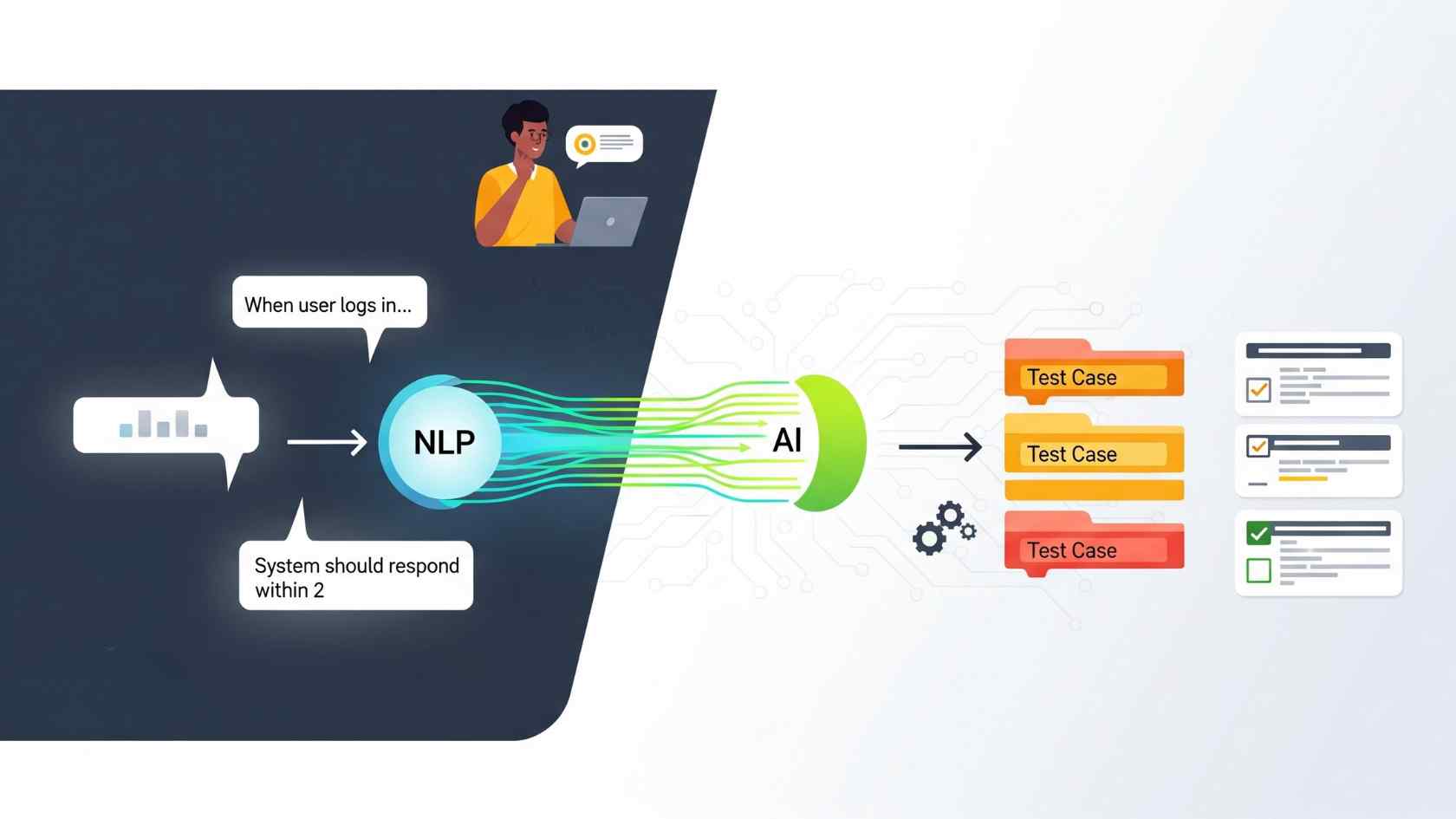
The process often uses parsing and classification techniques to identify key actions, inputs, and expected outputs. As a result, it can cover different scenarios that might be overlooked in manual test design. This approach supports more consistent coverage of user requirements.
Bridging the Gap Between Business and Development with NLP Testing
Teams that use testing with natural language processing can also make test automation more accessible to non-technical staff. By lowering the barrier to entry, business analysts and product owners can contribute directly to test creation. This leads to faster validation of requirements before development progresses too far.
This early involvement strengthens collaboration between technical and non-technical roles, since requirements and tests are shaped together from the start. When testing with natural language processing is applied in this way, gaps between business expectations and technical outcomes become easier to spot. The result is fewer misunderstandings, quicker feedback loops, and more reliable validation of features. Over time, this helps create a development process where testing is not an afterthought but an integral step in shaping the product.
Automated Defect Detection Using NLP
NLP allows QA tools to read and interpret defect reports in natural language. Instead of requiring manual review, the system can analyze descriptions and classify them into user interface, backend, or performance categories. This reduces the time spent on sorting issues and helps teams focus on fixing them.
These tools also identify patterns in defect reports. For example, they can detect recurring phrases or error descriptions that point to similar underlying problems. As a result, the system can group related issues and prevent duplicate reports from slowing down the workflow.
Additionally, NLP facilitates prioritization by analyzing the tone and context of a report. A report with urgent or negative language may be flagged as a higher priority, while routine feedback can be placed lower in the queue. This helps teams address the most pressing issues first.
By combining classification, grouping, and prioritization, NLP improves the structure and efficiency of defect detection. It enables QA processes to move faster while maintaining accurate and organized issue tracking.
Conversational Test Automation
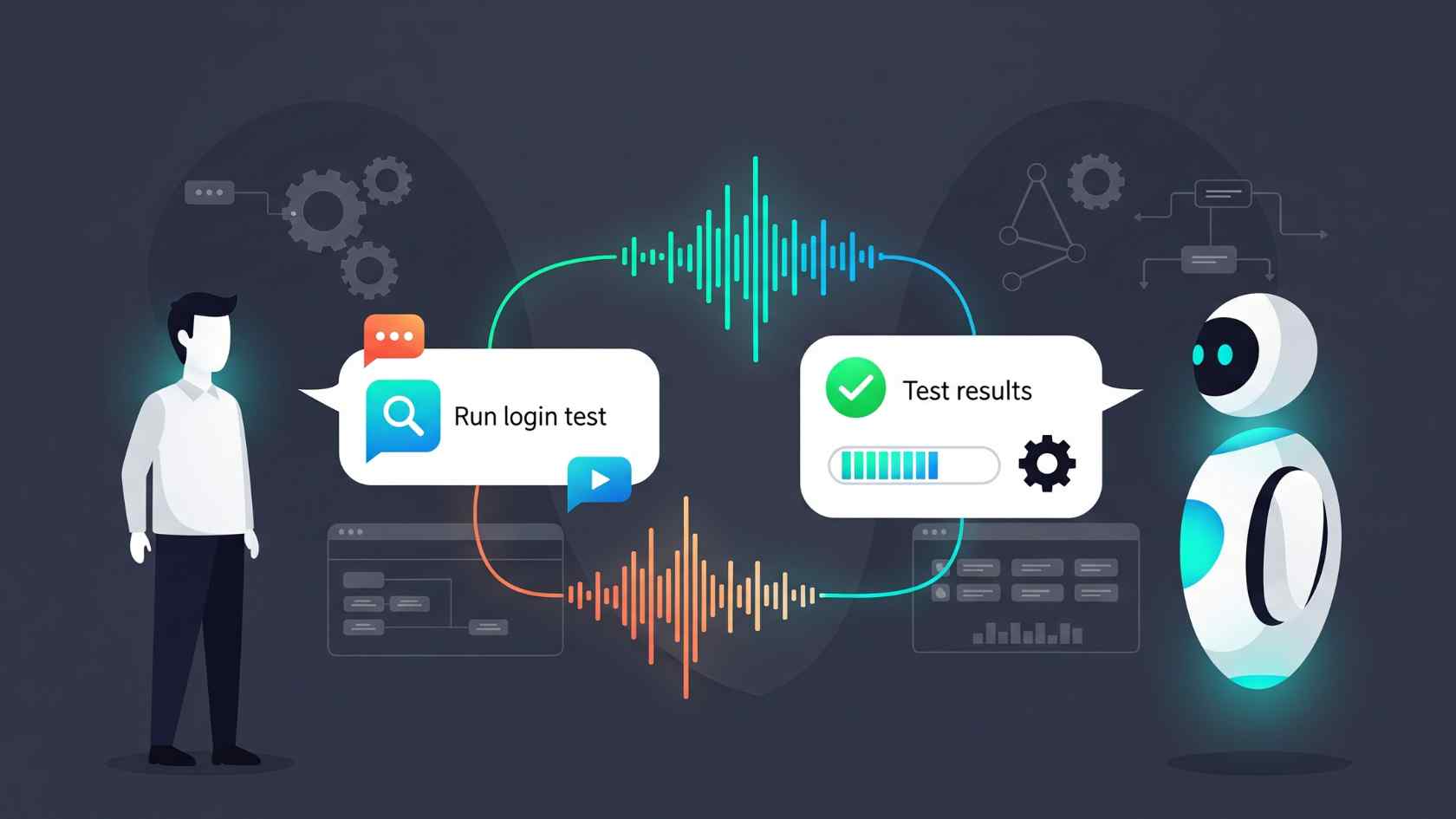
Conversational test automation allows teams to create and manage tests through natural language commands. Instead of writing code or scripts, testers can describe actions in plain language, and the tool interprets those instructions into executable test cases. This approach makes test creation faster and easier to understand.
It also reduces the gap between technical and non-technical team members. Business analysts, product owners, or manual testers can contribute test scenarios without deep programming knowledge. As a result, collaboration improves and test coverage expands to include more real-world user flows.
Another advantage lies in maintenance. Test scripts often break after software changes, but NLP-driven tools can adjust test cases by interpreting updated language or context. This reduces repetitive rework and helps teams keep tests relevant over time.
Therefore, conversational automation simplifies test design and supports ongoing updates in complex systems. It provides a more natural way to interact with testing tools while delivering accurate and actionable results.
Self-healing Test Scripts
Self-healing test scripts use AI to detect and adjust to application interface changes without manual updates. This reduces the number of failed tests caused by small shifts in elements such as buttons, fields, or navigation paths.
These scripts help teams keep automation stable even as applications evolve. Instead of rewriting tests for every update, the system identifies new element locators or adjusts to modified layouts.
As a result, maintenance time decreases, and QA teams can focus more on creating new tests or analyzing results. This approach also helps reduce delays that often occur during frequent release cycles.
In addition, self-healing provides insights into patterns of change within the application. Teams can use this information to spot fragile areas in their test design and improve coverage.
By combining NLP with self-healing, enterprise QA tools can better interpret user flows and adapt scripts more accurately. This creates a more consistent testing process across web, mobile, and API environments.
Plain English Scenario Writing
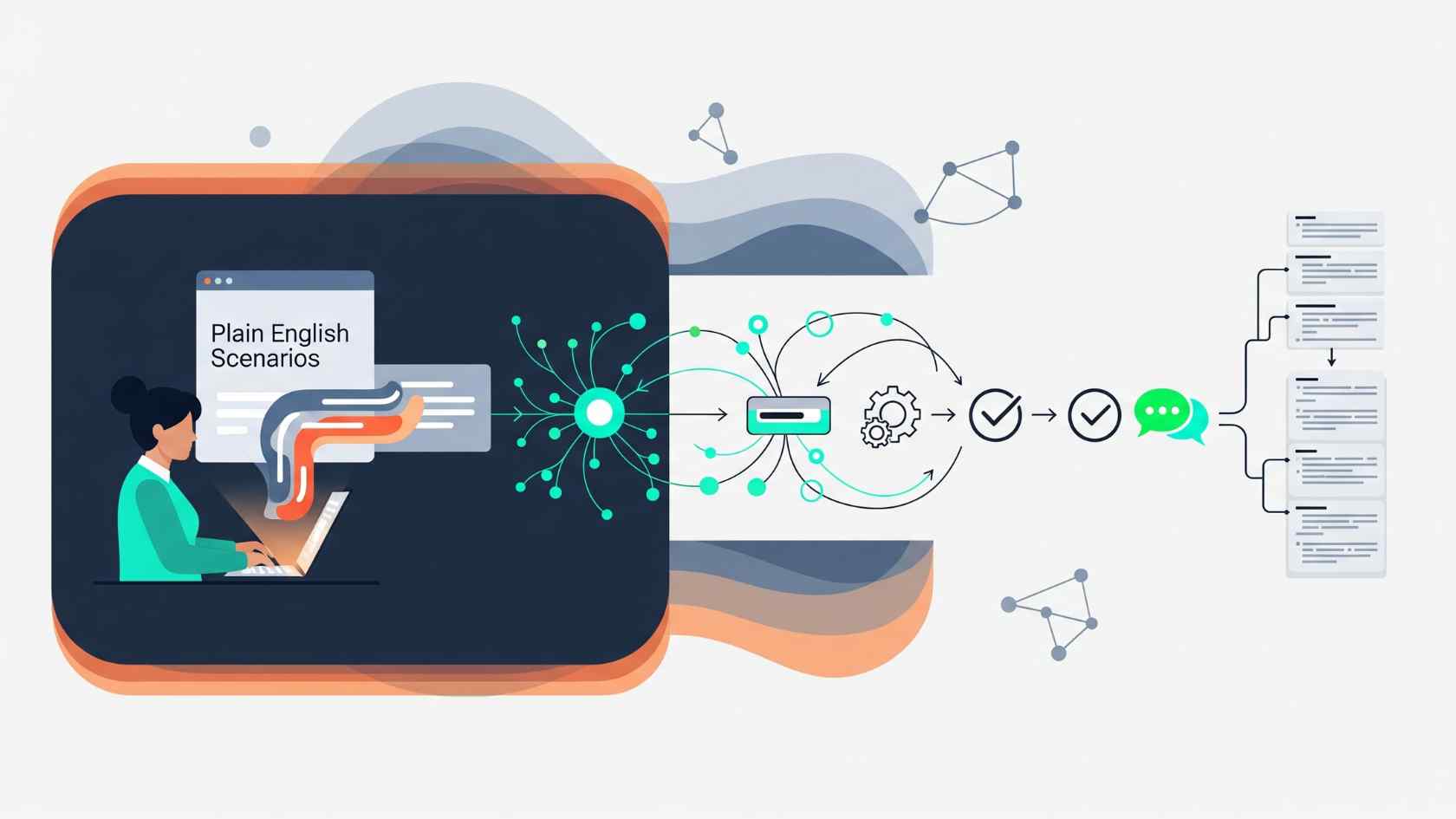
Enterprise QA tools that use natural language allow teams to describe test steps in plain English instead of code. This approach reduces the need for technical expertise and makes test creation more accessible to a wider group of users.
Teams can write scenarios like “log in with valid credentials” or “add an item to the cart” without scripting knowledge. The tool then interprets these instructions and converts them into automated test cases.
This method helps testers, product owners, and business staff contribute directly to the quality process. As a result, communication improves because everyone can understand the scenarios without translation into technical terms.
In addition, plain English scenarios create a shared reference point for requirements and testing. They serve as both documentation and executable instructions, which saves time and reduces misunderstandings across teams.
Also Read: Building Scalable Products with AI-Driven Development Teams
Conclusion
NLP gives enterprise QA tools the ability to process natural language input, which reduces manual effort and speeds up test creation. This allows teams to describe scenarios in plain text and convert them into executable cases with less technical overhead.
It also supports faster defect detection by interpreting log patterns, user feedback, and system behavior. As a result, teams can identify issues earlier and improve the accuracy of their testing process.
In addition, NLP improves collaboration by bridging the gap between technical and non-technical team members. Clearer communication and simpler test design help QA fit smoothly into the broader development cycle.
These capabilities make NLP a practical asset for modern QA workflows, allowing teams to focus on higher-value tasks while maintaining consistent software quality.

